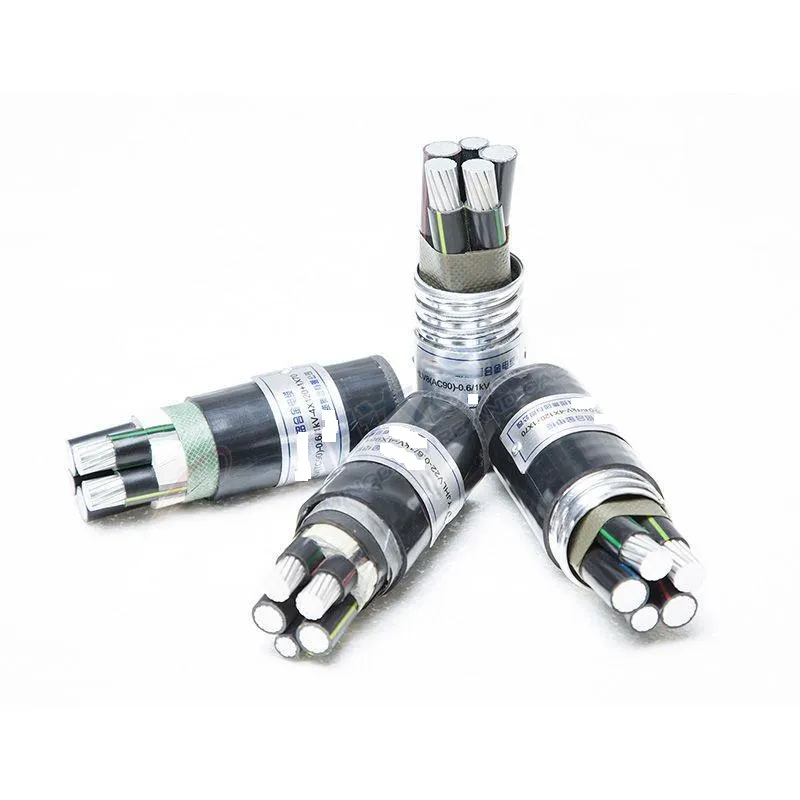Pro . 05, 2024 09:28 Back to list
Cast Steel Check Valve Applications and Benefits in Fluid Control Systems
The Importance of Cast Steel Check Valves in Fluid Control Systems
In various industrial applications, the flow of liquids and gases must be carefully controlled to ensure operational efficiency, safety, and reliability. One crucial component in achieving this control is the check valve, particularly the cast steel check valve. This article explores the critical role of cast steel check valves, their construction, advantages, applications, and maintenance considerations.
What is a Cast Steel Check Valve?
Check valves are mechanical devices designed to permit the flow of a fluid in one direction while preventing backflow. A cast steel check valve is a specific type of check valve made from cast carbon steel or alloy steel, providing excellent strength and durability. These valves are crucial for preventing reverse flow in pipelines, which can cause significant operational issues and damage to equipment.
Construction and Design
The construction of a cast steel check valve typically involves a robust body made from high-quality cast steel. The design usually includes a disc or ball that moves away from the seat when fluid flows in the intended direction. When the flow reverses, the disc or ball is pushed back onto the seat, thereby sealing the valve and preventing backflow.
Cast steel check valves come in various designs, such as swing check, lift check, and ball check valves, each serving different applications. The choice of design depends on specific operational requirements like pressure, temperature, and flow rate.
Advantages of Cast Steel Check Valves
1. Durability Cast steel is known for its high strength and resistance to wear and corrosion, making these valves suitable for high-pressure and high-temperature applications.
2. Versatility Cast steel check valves can be used in a broad range of industries, including oil and gas, water treatment, chemical processing, and shipbuilding.
3. Low Maintenance These valves require minimal maintenance due to their robust design. Regular inspection is usually sufficient to ensure proper functioning.
4. Safety Preventing backflow is crucial in protecting pumps and other equipment. Cast steel check valves help maintain the integrity of fluid systems, thus enhancing safety.
cast steel check valve

Applications
Cast steel check valves are utilized in a variety of applications across different industries
- Oil and Gas In pipelines transporting crude oil or natural gas, cast steel check valves are essential for preventing backflow and ensuring smooth operation. - Waterworks Municipal water systems rely on these valves to maintain pressure and prevent contamination from reverse flows.
- Chemical Processing In chemical plants, cast steel check valves are used to control the flow of corrosive substances safely.
- Power Generation Power plants utilize these valves to manage steam and water flows, ensuring efficiency and safety in their operations.
Maintenance Considerations
While cast steel check valves are designed to be durable, regular maintenance is essential to ensure their longevity and effectiveness. Here are a few maintenance tips
1. Routine Inspections Regular checks for signs of wear, corrosion, or leaks can help identify potential issues before they become critical.
2. Cleaning Ensure that the valve’s internal parts are free from debris or buildup that might obstruct the operation.
3. Testing Periodically testing the valve's sealing function ensures that it operates correctly and effectively prevents backflow.
4. Replacement Parts Have readily available spare parts for quicker repairs, minimizing downtime in operations.
Conclusion
Cast steel check valves play a vital role in ensuring the efficiency and safety of fluid control systems across various industries. Their durable construction, low maintenance needs, and ability to prevent backflow make them indispensable components in many applications. By understanding the advantages and maintenance needs of these valves, industries can enhance their operational safety and efficiency, making cast steel check valves a wise investment for any fluid handling system.
Share